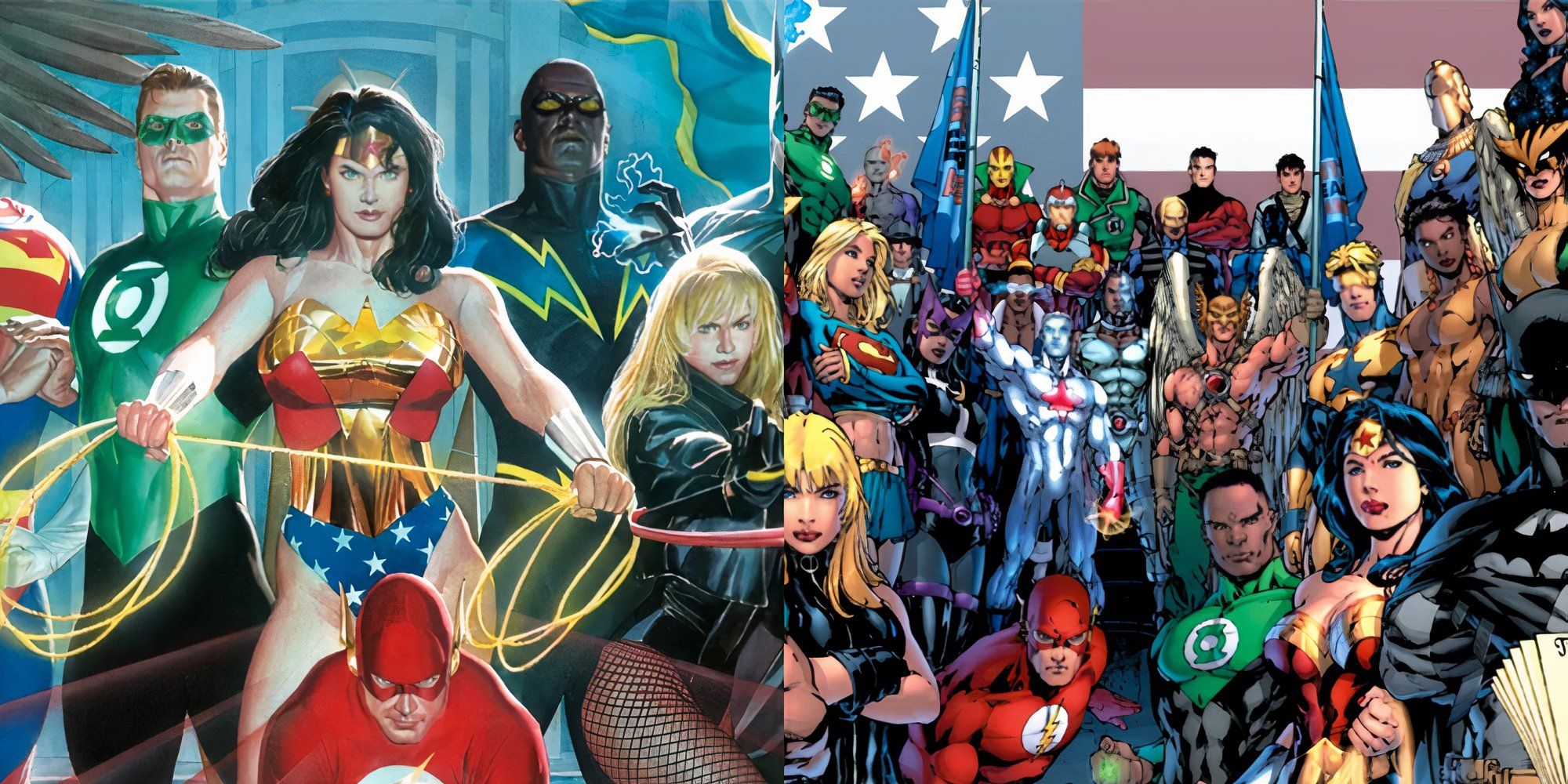It's fair to say that James Cameron's Avatar films borrow a lot of things from a lot of different sources. Some have accused it of being a ripoff of films like Dances with Wolves and Pocahontas but set in space. Interestingly, much less is made of the myriad of science fiction tropes it weaves into its fantastical alien world.
Despite years of terrible media critique arguing otherwise, there's nothing wrong with narrative tropes. They're just concepts that pop up often in specific stories and genres. Tropes are tools to be used well or used poorly, and James Cameron has a unique way of making them more valuable than usual.
After just a cursory glance at TV Tropes, the world's greatest repository for information about any and all narrative shorthand, one would see that there's a trope or two for every major character. From Neytiri's Chieftan's Daughter status to Dr. Grace's Motherly Scientist, everyone has a label. Beyond the characters, the sci-fi concepts such as terraforming, cloning, and giant murder robots are all well-worn ideas that have been seen elsewhere. There's nothing wrong with that, everything has been done before. The elements of Avatar that have been done before can be easily understood. When Dr. Grace mentions offhandedly that the Na'vi children in the school she runs call her "mother," she's quickly and easily communicating her character in a sentence. In the first few minutes of the first film, when Jake Sully suddenly reveals that he's disabled, it sells an entire character's arc in a single shot. James Cameron is building a bridge out of tropes to allow people to make the otherwise impossible leap into the world of Pandora.
The Avatar movies are long and dense. There's a lot going on in each entry, though they follow the same basic structure. Most of the information is story, and very little of it is the plot. Look at Avatar in conversation with something like Dune. At a glance, the plot of the two films is extremely similar. They're both about a war between forces to attain natural resources from a hostile planet defended by a native population. Avatar isn't just Dune with less going on, the 2009 film took a little bit of inspiration from the 1965 book. The two works just have different focus points. Avatar operates in the language of historical myth and fairy tales. The go-to line about both films is that they're visual masterpieces with a mediocre narrative surrounding them. That isn't necessarily true, but it film's end goal.
The Avatar films are supposed to whisk the viewer away into a world that James Cameron spent decades thinking about. There is so much detail in every aspect of Pandora's biology and planetary geology. In the 13-year gap between the release of the two films, three books hit the shelves. One could devote themselves to those texts and have all the additional scientific detail explained to them in detail. However, Cameron wants every viewer who sees the Avatar films to understand Pandora in their very soul. He wants the audience to come away convinced that it's a real place that they've been physically living in for the previous several hours. He can't do that if he has to sit down and map out every aspect of the basic plot. It can feel like he's just brushing past elements of the story with simple recognizable shorthand, but that's selling his effort too short. He's standing on the ship, extending a gangplank to the audience in the form of reliable tropes.
Everyone knows how Peter Parker became Spider-Man. School field trip, radioactive spider, great responsibility, we all know the deal. Recent takes on the franchise like Insomniac's hit PS4 game and the Marvel Cinematic Universe have omitted that part of the story. It's boldly saying "you know who Spider-Man is, let's get to the fun parts" to the audience. James Cameron would like to extend the same level of shared understanding to science fiction in general. He knows that everyone in the audience will have seen three or four movies in which a generic white dude saves an alien planet in a messy metaphor for the historical treatment of Native Americans. They haven't seen a movie set on Pandora, so exploring the latter through the lens of the former is an easy way to get everyone to the same place.
Many tropes are used as an easy shorthand. A movie shows a villain doing something terrible to establish their immorality. A sci-fi story uses nanomachines to allow characters to accomplish something otherwise impossible. Tropes are inherently designed to communicate a lot with a little, but the added element of world-building puts James Cameron's use of these conventions into focus. The Avatar movies are about a lot of things, and it takes a lot of work to establish everything it wants to say. Tropes act as the grounding point through which one can explore Pandora. To experience something new, we can use something familiar.






